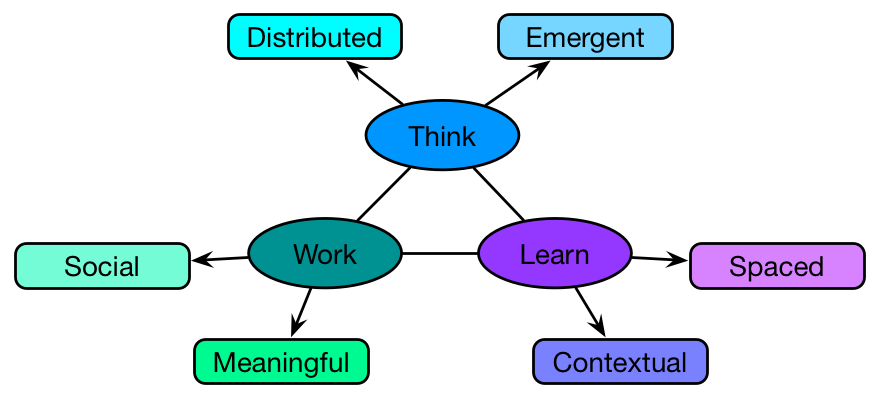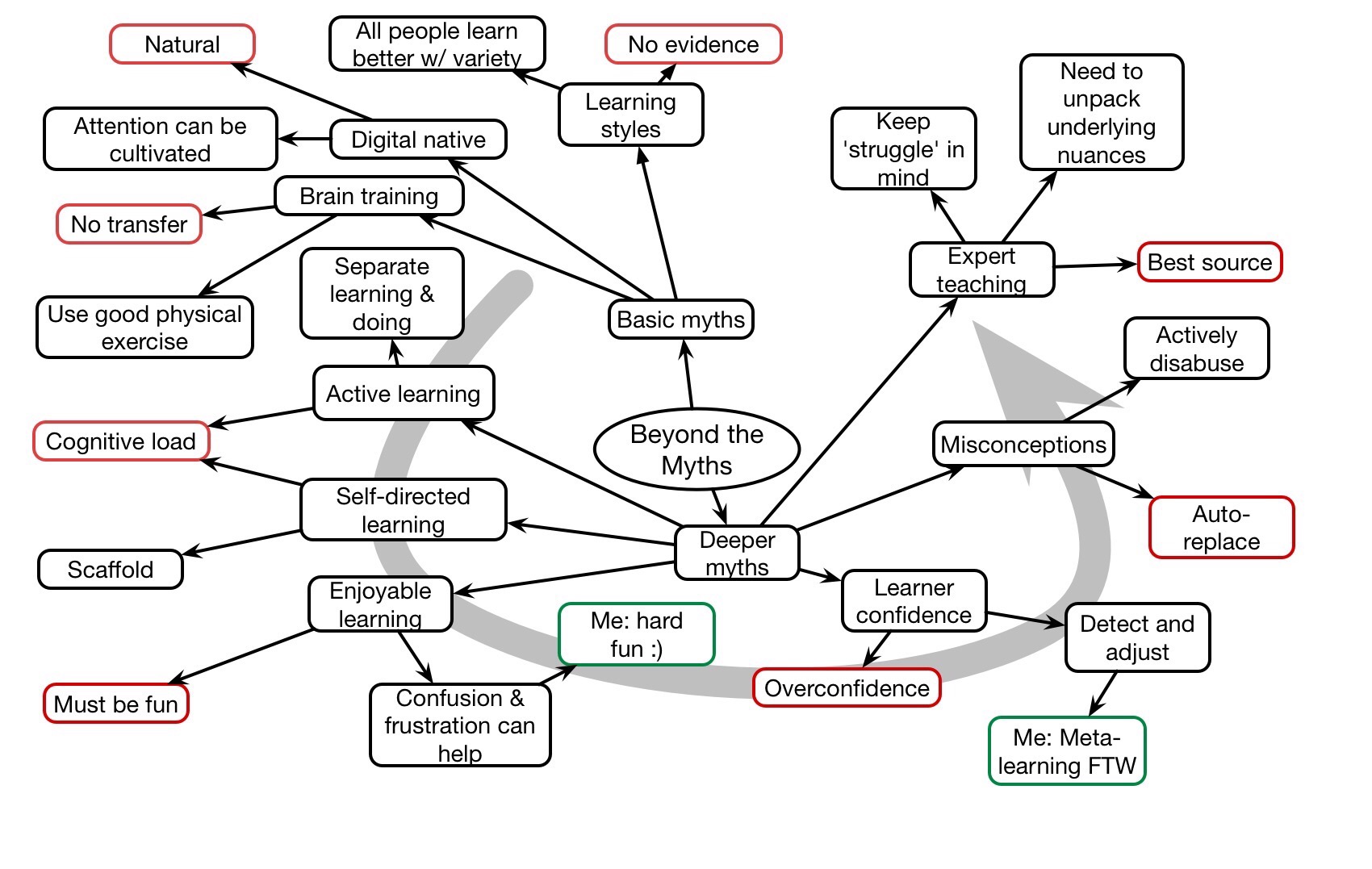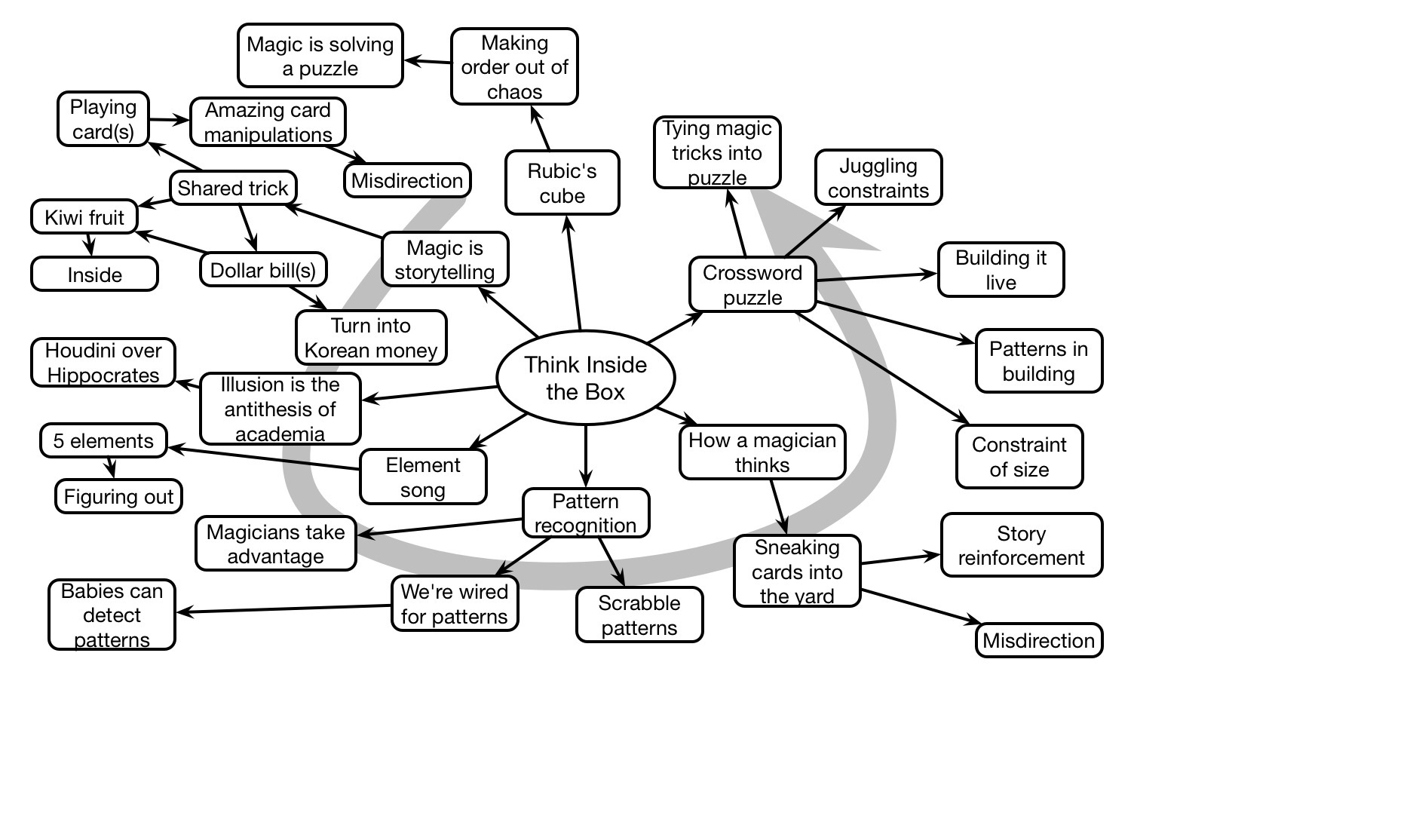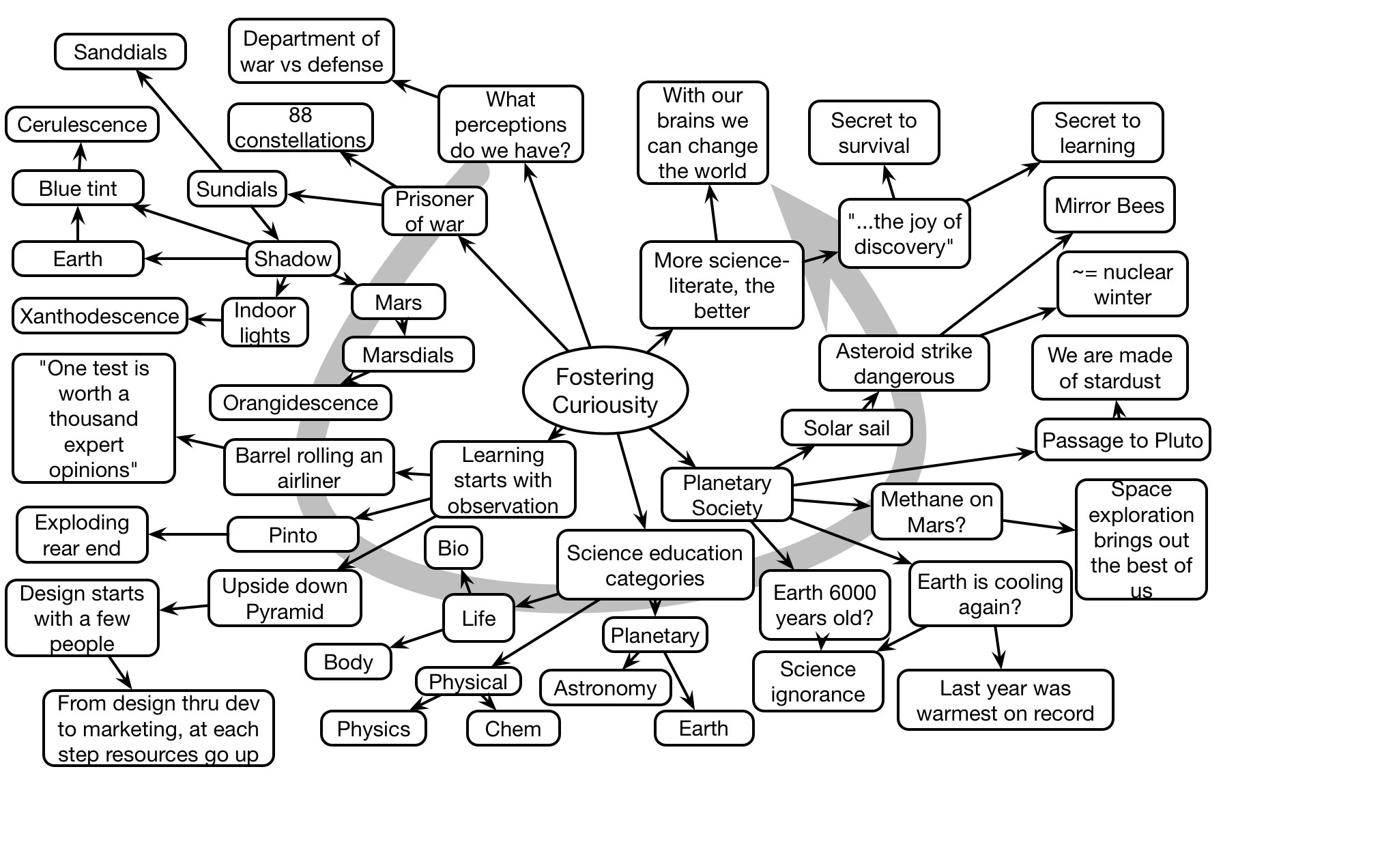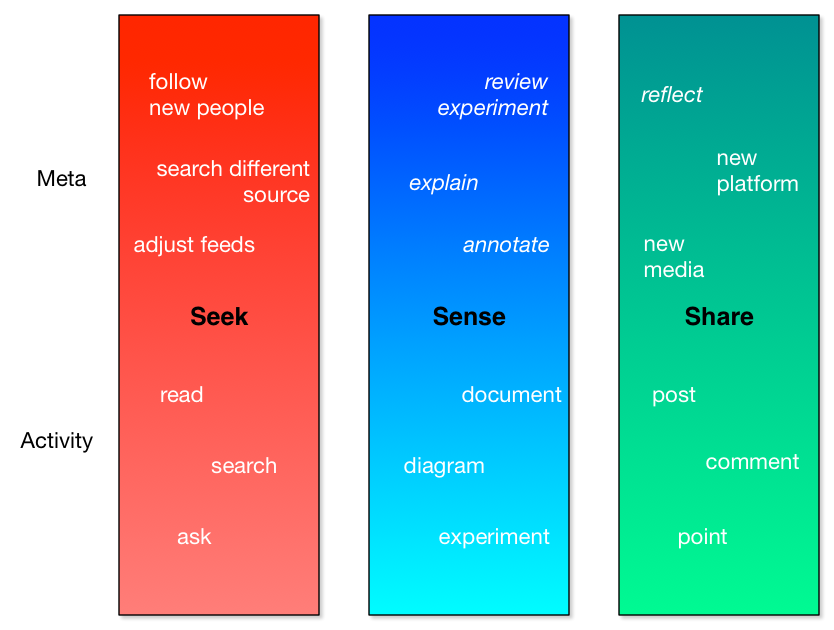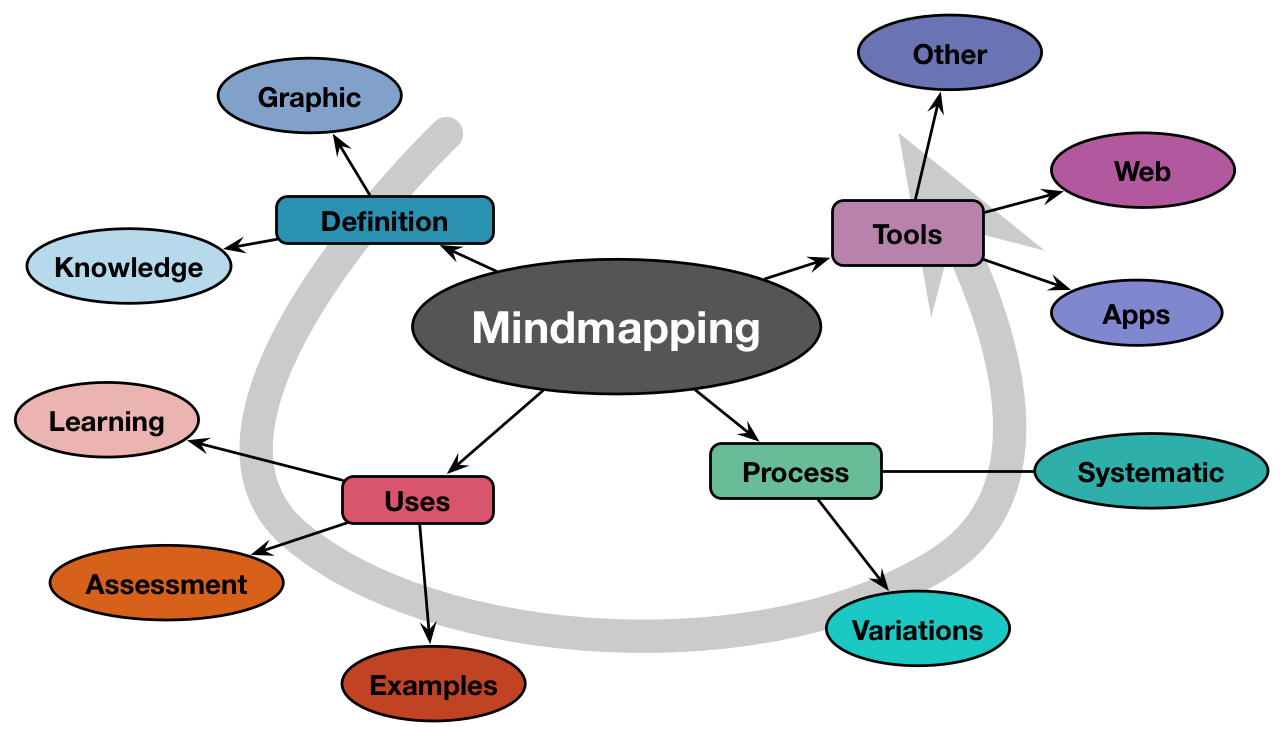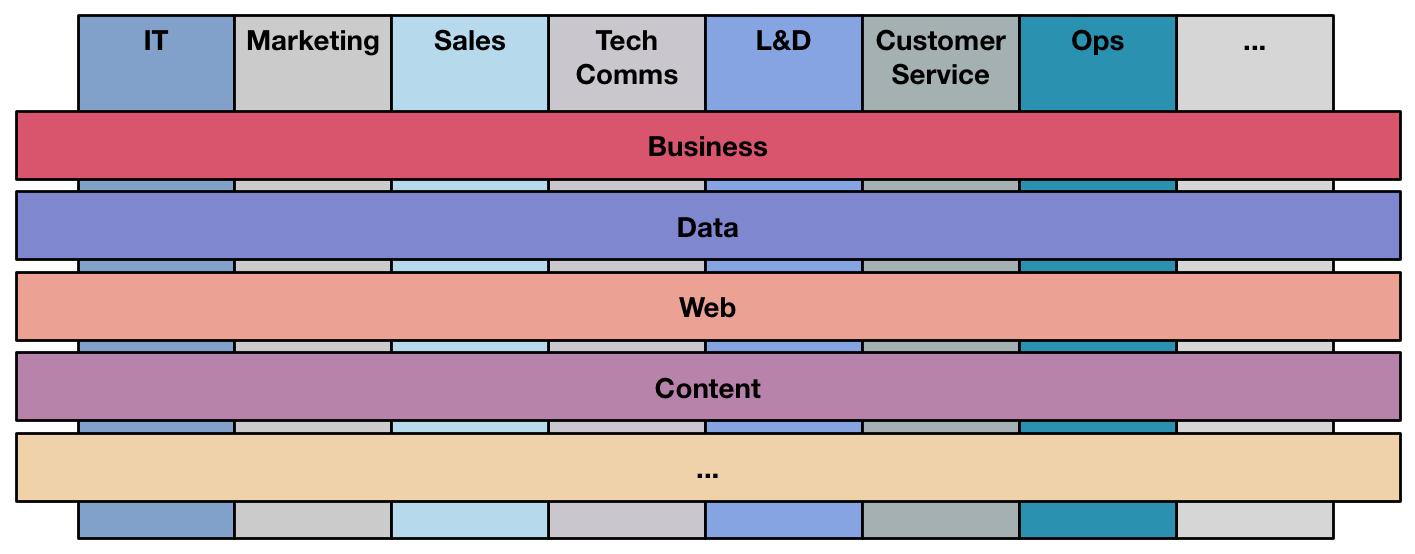On a recent conversation with some Up to All of Us colleagues, I was reminded about my ‘reimagining learning‘ model. The conversation was about fractals and learning, and how most tools (e.g. the LMS) don’t reflect the conversational nature of learning. And I was thinking again about how we need to shift our thinking, and how we can reframe it.
I’d pointed one colleague to Diana Laurillard’s model of conversational learning, as it does reflect a more iterative model of learning with ongoing cycle of action and reflection. And it occurred to me that I hadn’t conveyed what the learner’s experience with the activity curriculum would look like. It’s implicit, but not explicit.
 Of course, it’s a series of activities (as opposed to a series of content), but it’s about the product of those activities. The learner (alone or together) creates a response to a challenge, perhaps accessing relevant content as part of the process, and additionally annotates the thinking behind it.
Of course, it’s a series of activities (as opposed to a series of content), but it’s about the product of those activities. The learner (alone or together) creates a response to a challenge, perhaps accessing relevant content as part of the process, and additionally annotates the thinking behind it.
This is then viewed by peers and/or a mentor, who provide feedback to the learner. As a nuance, there should be guidance for that feedback, so that it explicitly represent the concept(s) that should guide the performance. The subsequent activity could be to revise the product, or move along to something else.
The point being that the learner is engaged in a meaningful assignment (the activity should be contextualized), and actively reflecting. The subsequent activity, as the Laurillard model suggests, should reflect what the learner’s actions have demonstrated.
It’s very much the social cognition benefits I’ve talked about before, in creating and then getting feedback on that representation. The learner’s creating and reflecting, and that provides a rich basis for understanding where they are at.
Again, my purpose here is to help make it clear that a curriculum properly should be about doing, not knowing. And this is why I believe that there must be people in the loop. And while much of that burden might be placed on the other learners (if you have a synchronous cohort model), or even the learner with guidance on generating their own feedback, with rubrics for evaluation, but you still benefit from oversight in case the understanding gets off track.
We can do a lot to improve asynchronous learning, but we should not neglect social when we can take advantage of it. So, are you wanting to improve your learning?
